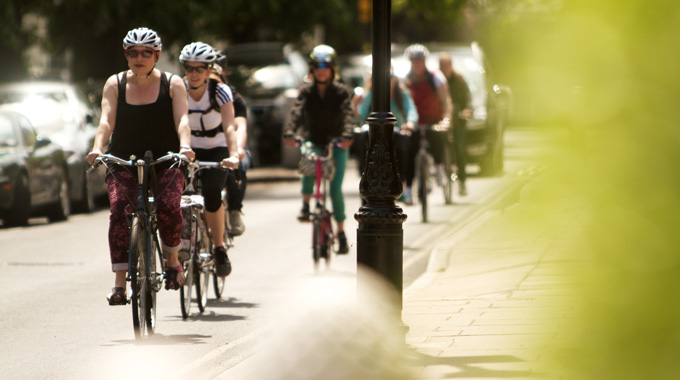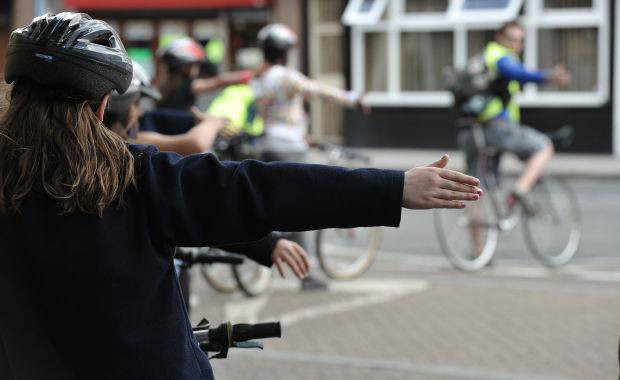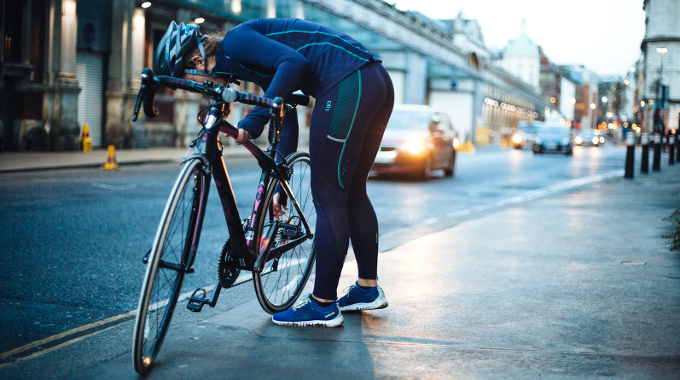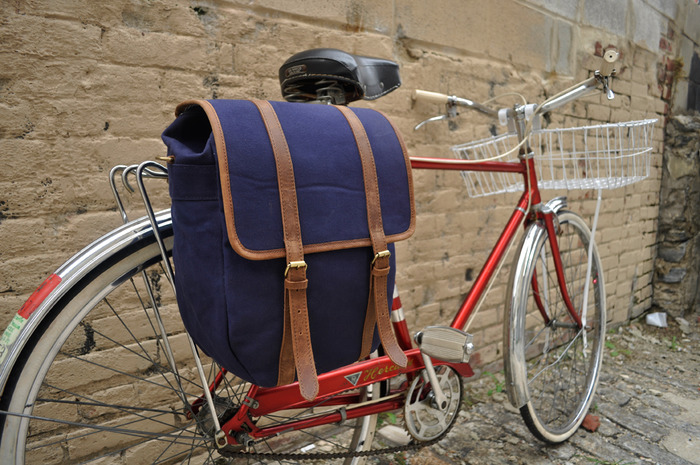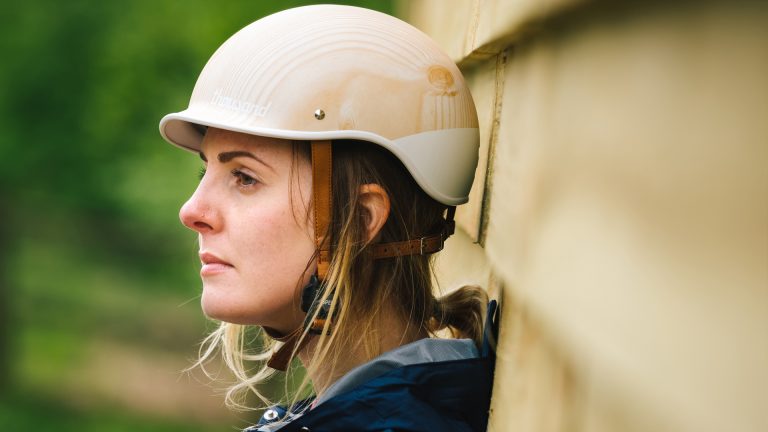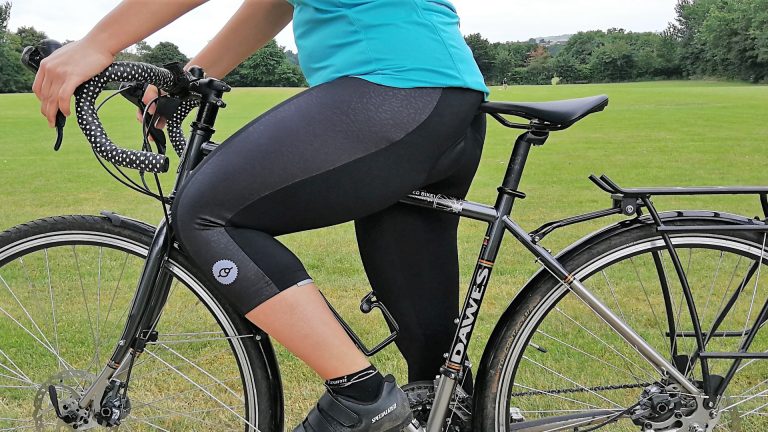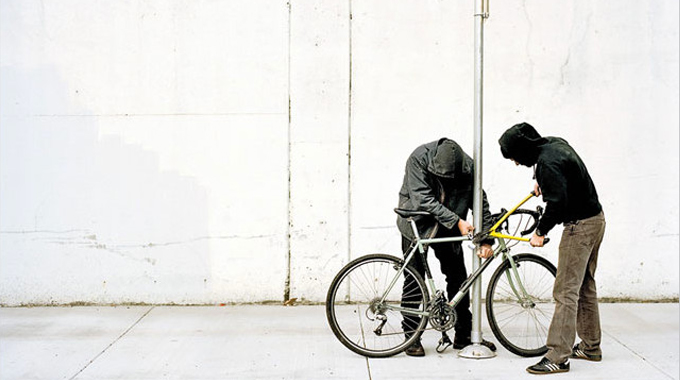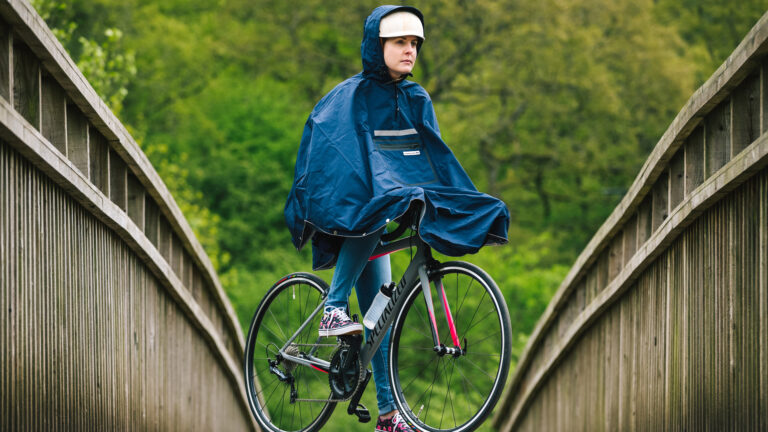We know we’re biased, but we believe that cycling is absolutely the best way to get to work – for so many reasons. So, if one of your New Years Resolutions is to become a regular cycle commuter, we can assure you you’re on to a good thing.
For starters – it’s time efficient, a pretty important factor in today’s world of trying to keep multiple plates spinning in perfect simultaneous union. You’re getting in some exercise (or training) every day, without it eating into your spare time. That regular exercise cuts down your risk of illness, helps you sleep better, and allows you to nibble a few more of those office treats.
As well as being good for the environment, cycling also evokes an immense feeling of freedom. It’s a great way to prepare for the day and to wind down at the end of it, and even if it’s raining, breathing in the fresh air and pedalling beats being crammed in to a train carriage or stuck in traffic. Which brings us to our final reason: it’s the cheapest form of transport excluding walking and running.
7 Commuting Alternatives that Prove Cycling is Best
So you get it – commuting to work on two wheels is a great way to get there. However, we understand that there are sometimes barriers in the way that make it more difficult.
These hurdles can seem impassable – but they don’t need to be. Here are five tips that will help to ensure your plans to become a regular cycle commuter become a reality…
Know your route
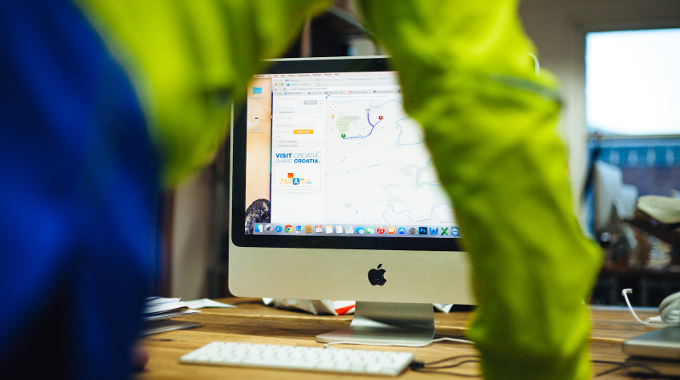
Getting lost on the way to work is not a nice experience. It’s not easy to stop and check a map, but all the while the clock keeps on ticking and you’ve no idea if you’re going in the right direction.
Avoid this experience by practicing your commute on a weekend before you attempt it under time pressure – see this as a dress rehearsal. Then, make sure you leave yourself plenty of time during the actual performance on Monday morning.
Remember when planning your route that the optimum roads might not be those that you usually drive on – have a good look at a map and see if there are some quieter lanes that might be more enjoyable, and check out the Sustrans National Cycle Network to see if there are more preferable paths.

